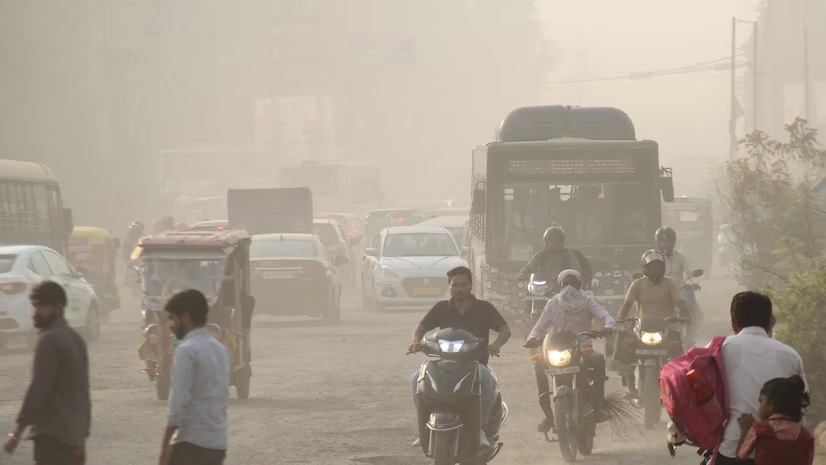Bengaluru’s residents have been grappling with a decline in air quality, with AQI levels dipping into the moderate range, leaving citizens worried about health impacts as the festive season nears. The India Meteorological Department (IMD) attributes the recent air pollution to a cyclone-like system formed over the Bay of Bengal, which has pulled dry, dust-laden winds from the north, causing dust accumulation in the city. This influx of pollutants has stirred concerns among residents, with some noting dust-laden skies and comparing Bengaluru’s pollution levels with Delhi’s notorious AQI. However, IMD forecasts suggest that light showers over the coming days could help alleviate the air quality.
Beyond cyclonic effects, many residents have pointed to urban dust from unclean roads as a significant factor aggravating pollution. The Bengaluru Mahanagara Palike (BBMP) has yet to deploy mechanised street sweepers on major roads, leading to dust clouds each time vehicles pass by, especially in areas such as Outer Ring Road and Sarjapur Road. This issue is particularly concerning for local environmental groups, who highlight that road dust is a primary contributor to PM2.5 particles, which pose risks to respiratory health. Residents have been vocal in requesting BBMP’s intervention to manage dust and ensure regular cleaning, especially during peak pollution periods.
Comparisons to other cities have not gone unnoticed. Some residents note that Bengaluru’s air quality is now akin to Delhi’s, a city known for its persistent air pollution challenges. Observations shared online reveal that dust and smog now linger across Bengaluru’s skyline, even reducing visibility to nearby Nandi Hills. These urban pollution patterns spotlight a rising concern for residents who, while noting the seasonal pollution, express apprehension over possible long-term air quality impacts should this trend continue.
The IMD’s forecast brings a positive outlook, with expected drizzles and light rains predicted to settle dust particles temporarily, potentially offering relief from the rising AQI. Such rainfall provides a reminder of the need for sustainable urban planning in Bengaluru, emphasising that proactive dust control measures and consistent road maintenance are crucial to improving air quality in the long term. The challenge remains significant, with public health and civic wellbeing hanging in the balance as the city grapples with increasing urban pollution.




